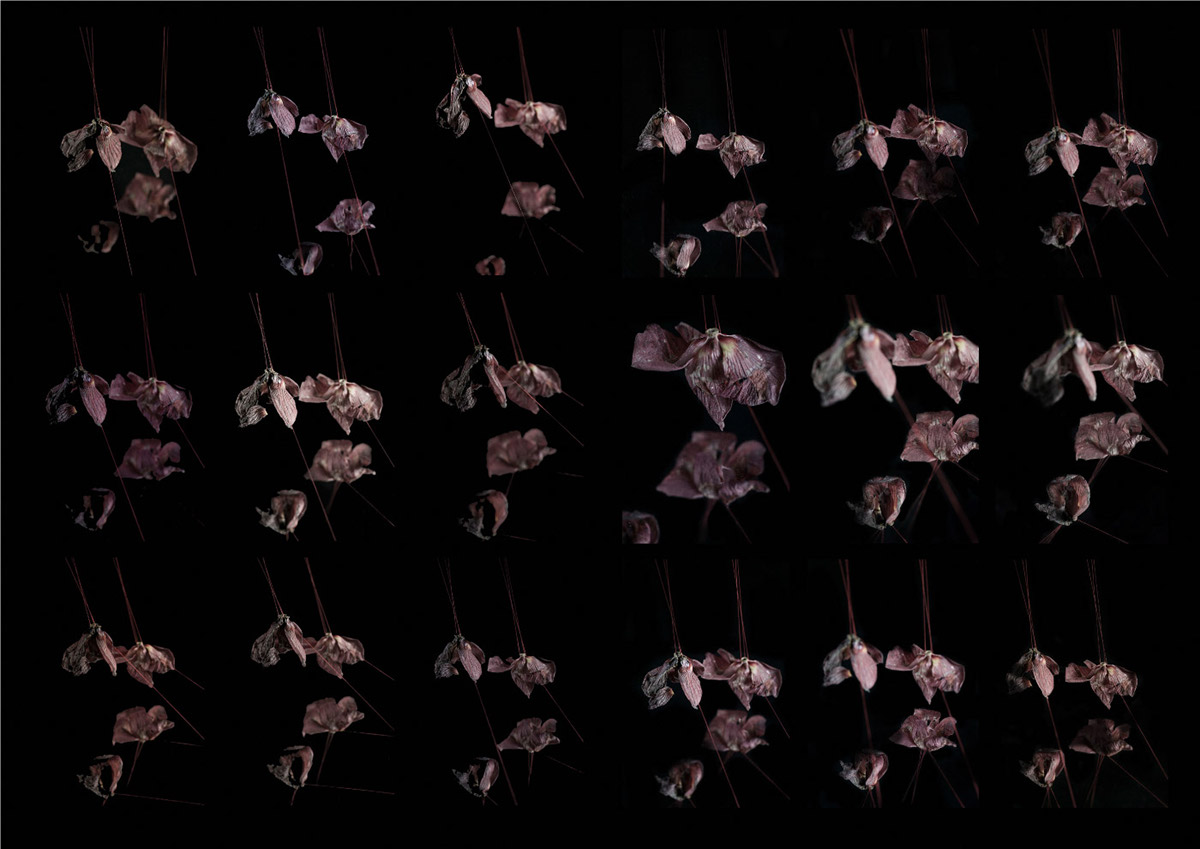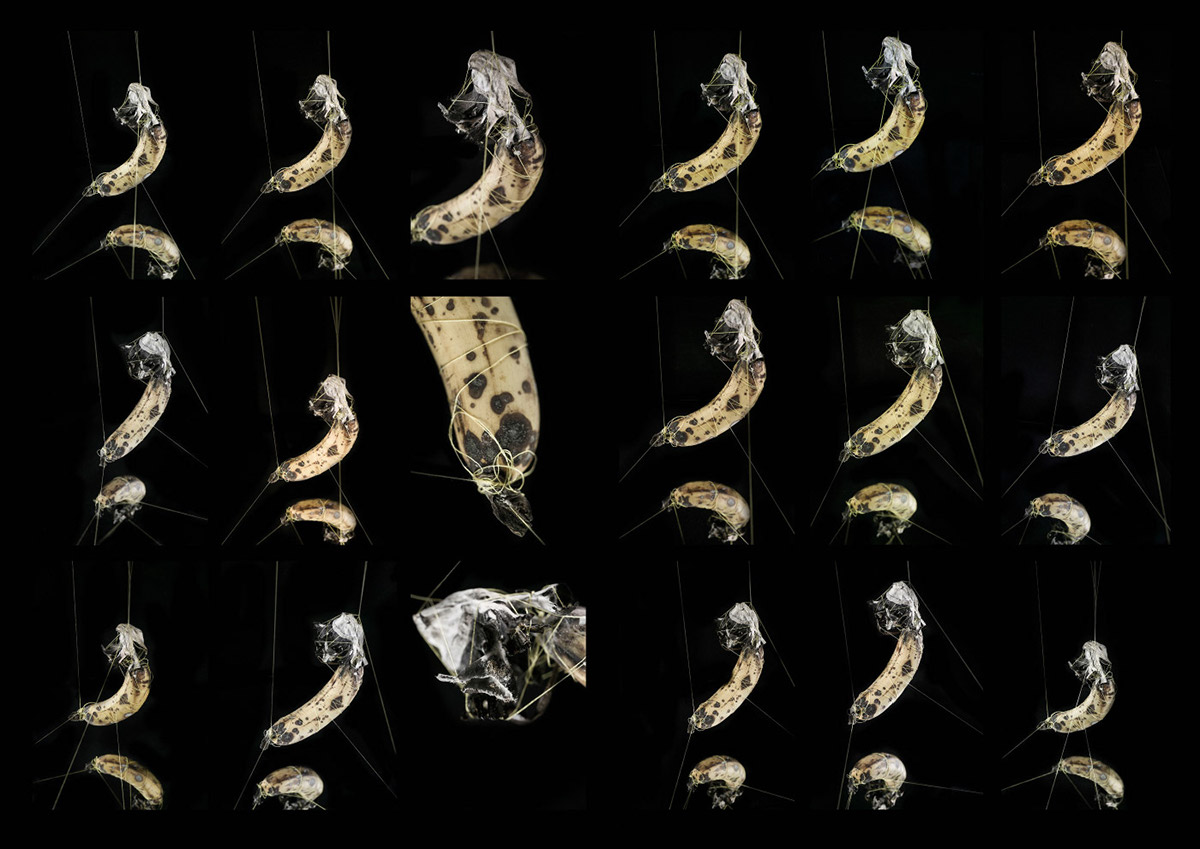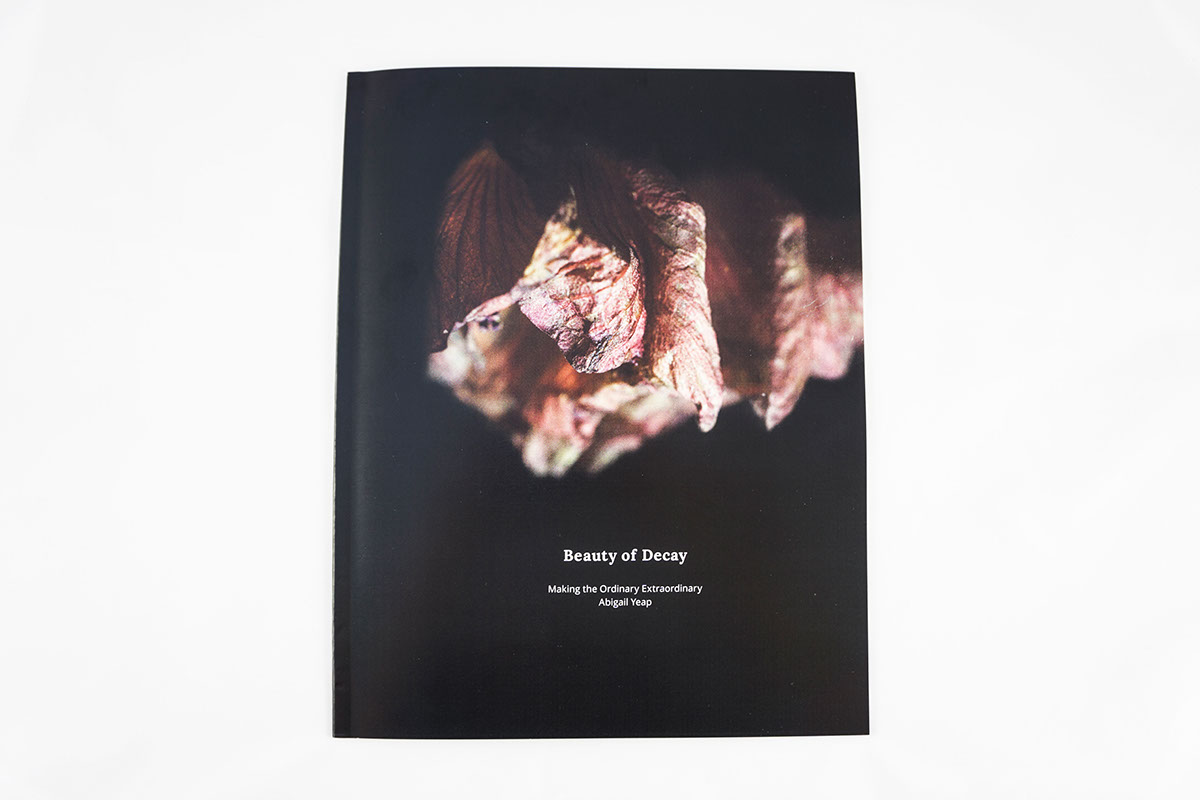The Brief
Making the Ordinary Extraordinary.
Find 6 small ‘ordinary’ objects and photograph them, using any camera format, digital or analogue, colour or b&w, with the primary intention of making these ordinary objects appear extraordinary.
Experiment with lots of different techniques, essentially using the camera as a primary research tool to develop a visual language, which will elevate your objects from the merely mundane to the magnificent! Consider carefully, the depth of field, focal point, focus, foreground, background, composition, lighting etc. In all likelihood, you will need to use a macro lens or close up filters when making your images, but if you want to, you can make your images without a camera, for example in the darkroom, using the object itself as a negative or perhaps consider making photograms.
Crowbar Photography Category - Finalist 2015
Artist References
Kon Michiko
Her surreal still lifes are unlike any other photographs. At first glance, they appear to be mundane objects but on closer examination does the viewer realize that things they thought were mundane are made up of seafood. She combines those foodstuffs with her favorite antiques, clothes, and shoes and other things.

Chema Madoz
He is always inspired by everyday objects. But through his lens, these common objects are not described as common. His surreal photographs are thought-provoking, they generate stories and create reactions.

Edward Weston
He captures very intimate details of various vegetables or plants or other objects found in nature. The way how Edward Weston photographed the pepper being all contorted and provocative reflects the similarities of a human body.


Exploration & Development

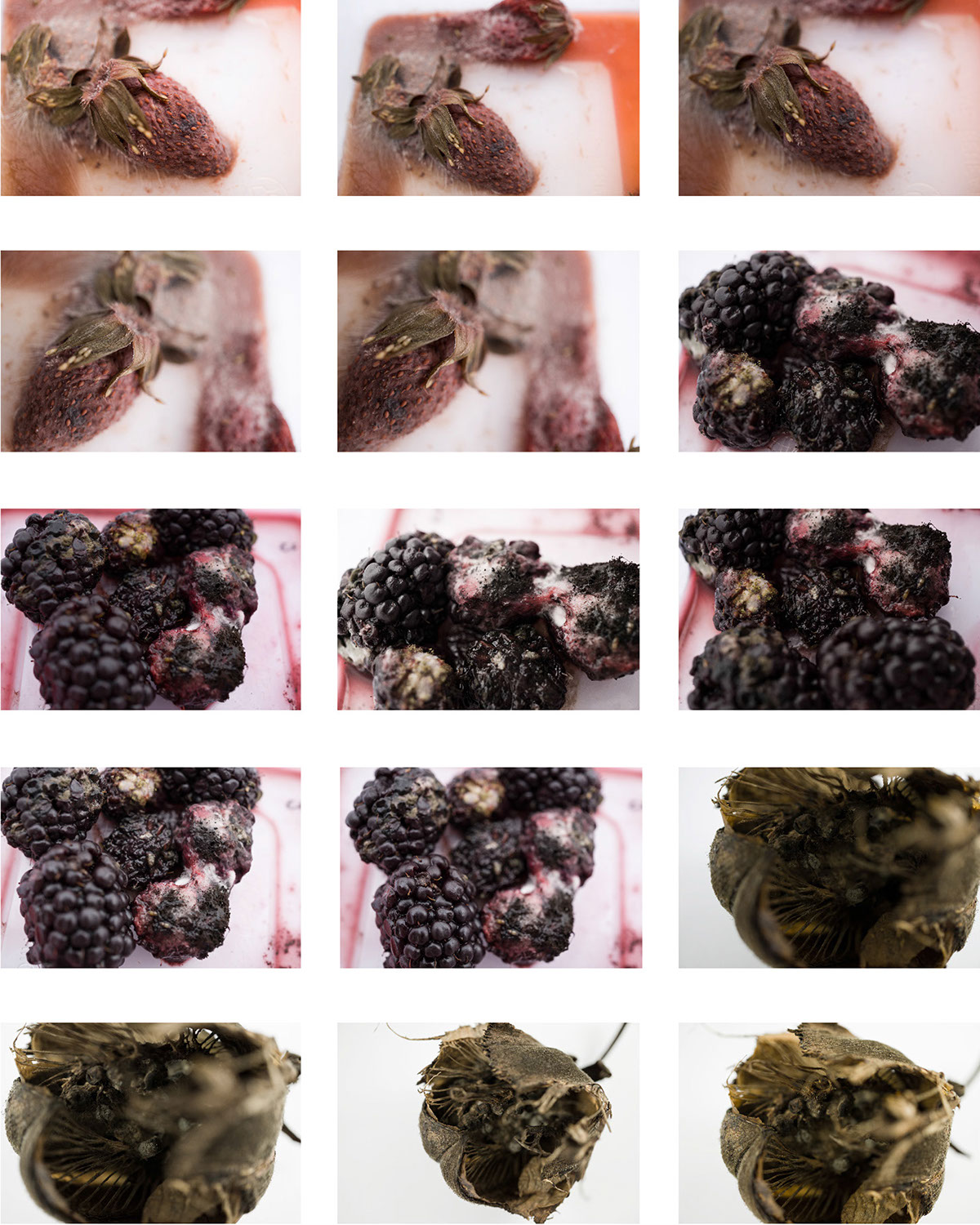

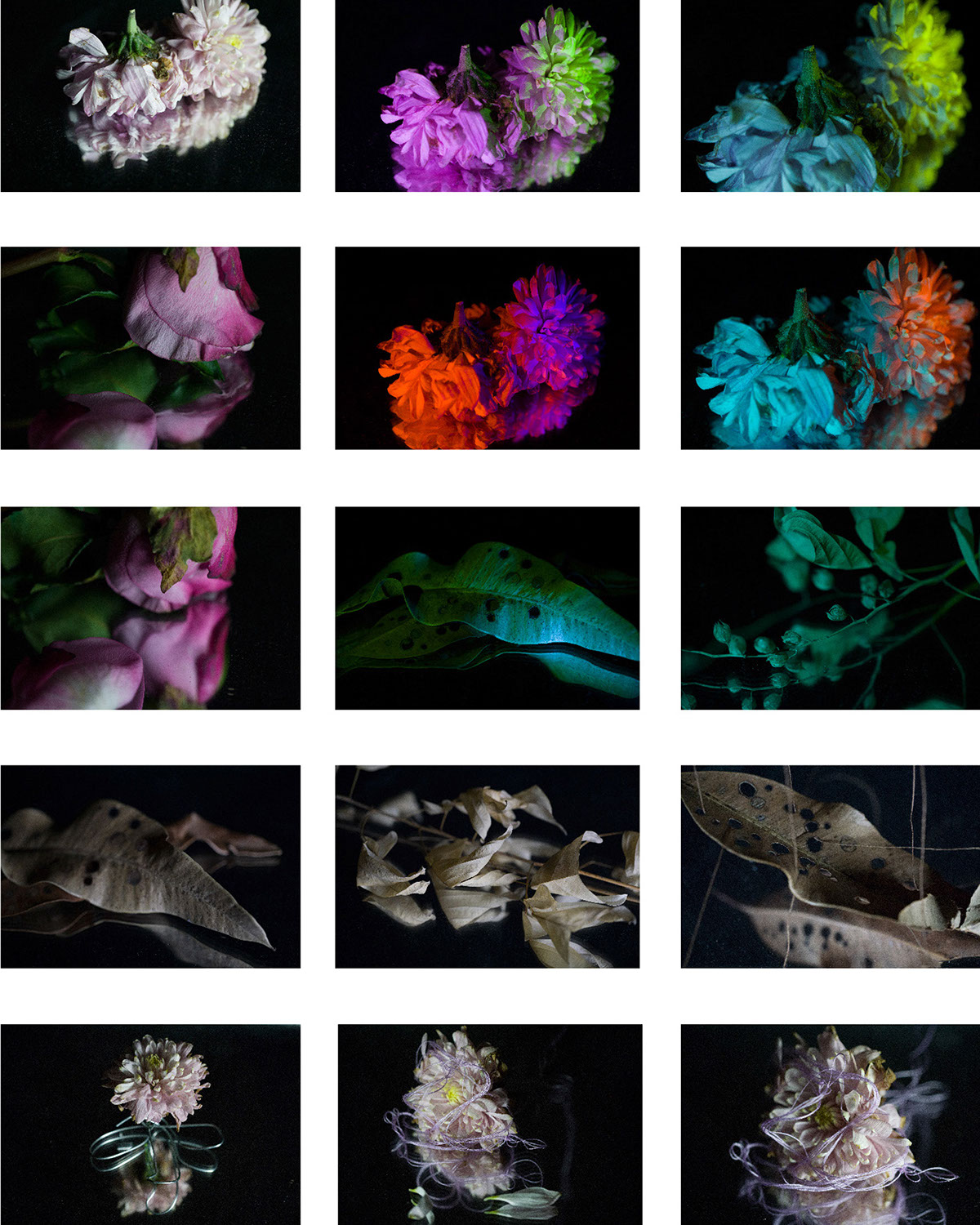

“ Hanging by a thread, fallen from grace, reflected in death, a new life to begin. ”
The beauty of decay
More often we consider things like fruits, flowers, and leaves as mundane objects. However, the beauty in these natural objects is how extraordinary these things bring about another life from its death. The process of life to decay is an endless cycle. It starts off from a small seed and grows into a tree; then leaves, flowers, and fruits fall with time; and with the help of insects like flies, maggots and earthworms it starts to decay. Everything goes back into the soil and from the seed of the fruit, it grows into another tree.
Decayed objects are usually thrown away as they are deemed to be useless after its physical beauty fades or when it becomes inedible. However, when we think of how they feed to the new life, it has made its full purpose and cycle in life as well as in death.
Hanging by a thread is a way how I interpreted the decaying nature. When something hangs by a thread there is a small chance of it surviving. When you reflect on how nature has transformed these decaying objects, life does not stop there. It prepares a new life and a new beginning if one would take a longer term view of its decaying existence.
